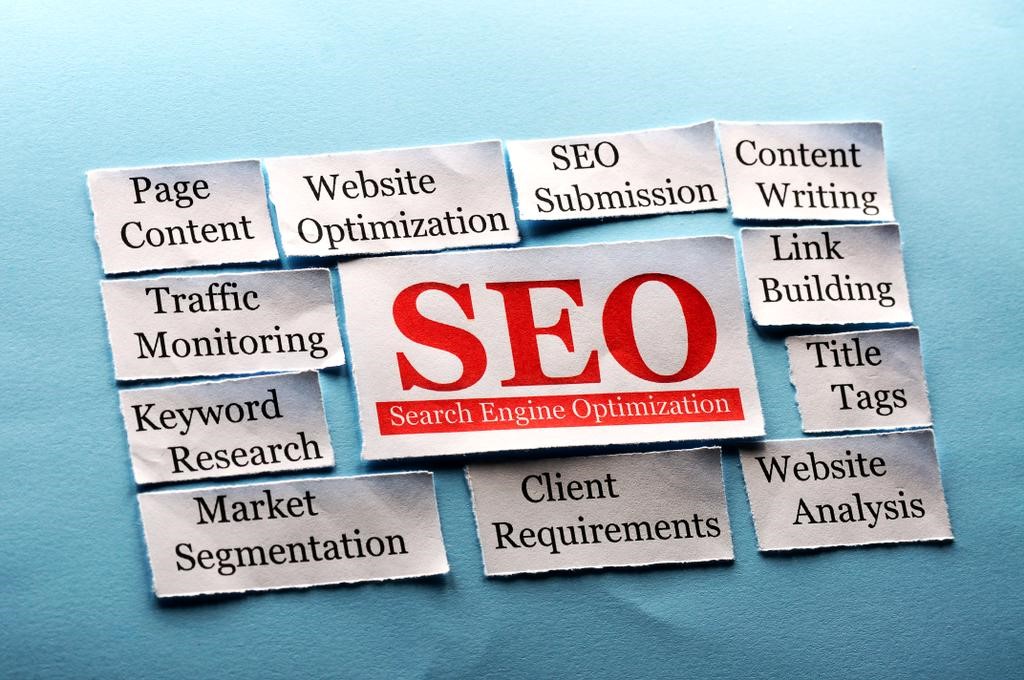Introduction
Search engine optimization (SEO) is so vital to the growth of e-commerce businesses that you need to know all the ins and outs of it. The rise in popularity of search engines like Google and Alexa has seen a boom in content marketing and other techniques for gaining traffic. Understanding now why and how you should employ these techniques is crucial to your growth.
What is SEO?
Search engine optimization, or SEO, is the process of optimizing your website to be found by search engines. It is a widely used marketing tool that is essentially free to use for anyone with an internet connection.
This guide will cover everything you need to know about SEO so you can successfully rank higher in search results and find more customers. SEO services is a long-term, ongoing process that involves optimizing your website content, structure, and on-page elements such as titles, meta descriptions, and keywords.
By doing this, you can ensure that your website appears higher up in SERPs for relevant search queries. It is important to remember that search engine optimization takes time, so don’t expect results overnight!
Types of SEO
Off-page SEO
The term “off-page SEO” refers to actions taken outside of your own website to impact your site’s search engine ranking position (SERP) within the search results produced by a search engine. These are different from on-page SEO, which are measures you can take directly within your own website. Off-page SEO is good for building the authority and relevance of your site, as well as improving your local business rankings. It also helps with direct and indirect rankings benefits, generating traffic, and increasing brand exposure and awareness.
On-page SEO
On-page Search Engine Optimization (SEO) takes you through optimizing individual web pages to rank higher and earn more relevant traffic in search engines. On-page refers to both the content and HTML source code of a page that can be optimized, as opposed to off-page SEO, which refers to links and other external signals.
Technical SEO
Technical SEO is a type of optimization that focuses on how search engine crawlers and users access a website’s content. It includes factors like page speed, site structure, server performance, and security, among other things. Technical SEO is as much about making sure your site has all the right elements for search engines to find as it is about ensuring that those elements are optimized for performance.
How Does SEO Work?
Search Engine Optimization is a process that works to optimize your website for search engines. It increases your visibility on the web to rank high in the search results for keywords related to what you do. The more optimized your website is, the higher you will rank in these results and the more traffic you will get.
SEO works by using a variety of tools and techniques to improve your online presence. Some of these tools include link building, keyword research, content creation, on-page optimization, and off-page optimization. They all work together to make sure that your site gets as much traffic as possible from people who are searching for what you have to offer or what they need.
Link building involves getting other websites to link back to your site with relevant content. This helps increase exposure on both sides, which means more people see what each site has available and can then decide if they want to visit one over another. Many SEO teams put internal links in their content. Keyword research tells us what people are looking for when they type certain words into a search engine like Google or Bing, so we can create content around those terms and make it easier for them to find us when they’re looking.
What is SEO strategy?
SEO strategy is the process of identifying and implementing the best ranking factors for your pages.
It’s about finding ways to improve your rankings, which can have a significant impact on your search visibility.
So it’s not just keyword research, but keyword research combined with optimization of your page content and backlinks.
It’s about finding keywords that are relevant to your business niche or target audience and optimizing them for search engine results pages (SERPs).
SEO strategy is the process of identifying the best ranking factors for the web page content in order to get better search engine visibility. It includes keyword research, link building & social media marketing as well SEO-tool ing of web page content.
Keywords refer to the words that you use on your blog posts and pages when searching for information online or performing a Google search results page search.
When you search for something on the web, your browser will display a list of results that it thinks best match what you’re searching for. These results are displayed in SERPs (Search engine ranking page). These keyword-rich pages rank high because they have relevant content and backlinks pointing to them from other high-ranking sites with similar or related keywords as well as social media links to help improve their visibility.
How to Monitor & Track SEO Results?
There are a few different ways to monitor and track SEO results.
- Analyze keyword ranking.
- Understand the website’s inbound links
- Monitor traffic, rankings, and search volumes of your keywords
- Check blog analytics to see how keywords are performing
- Compare keyword research results from different SEO agencies
Conclusion
In simple terms, it’s all about making sure your website is found by the search engines. While they have become more sophisticated over time, humans will always be deciding which sites to display higher up in their results.
If you have engaged properly with search engine optimization and you are delivering useful, original content to them on a consistent basis, your site will naturally rank higher up in the results.
But if that isn’t happening for some reason, then that’s when you need to consider other options. In a nutshell, use the search engines as intended, and you will reap the rewards. Ignore them at your peril!

